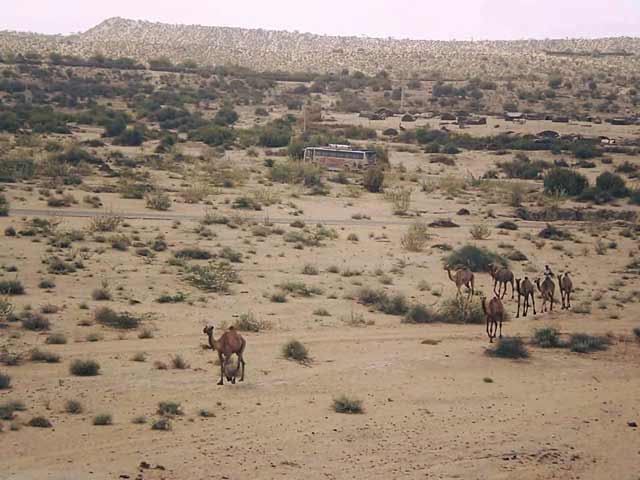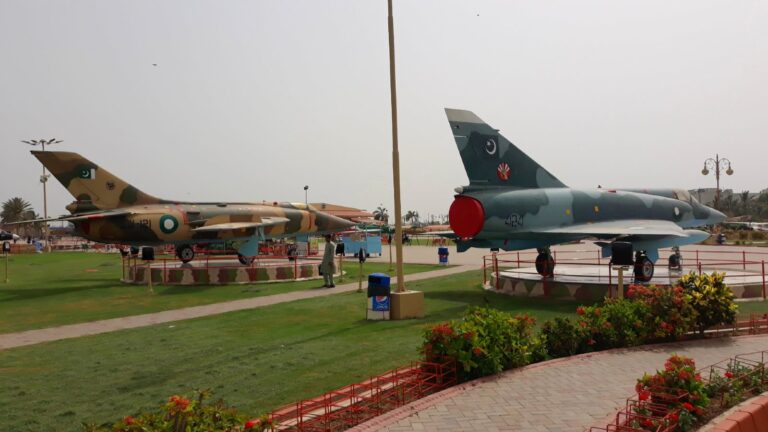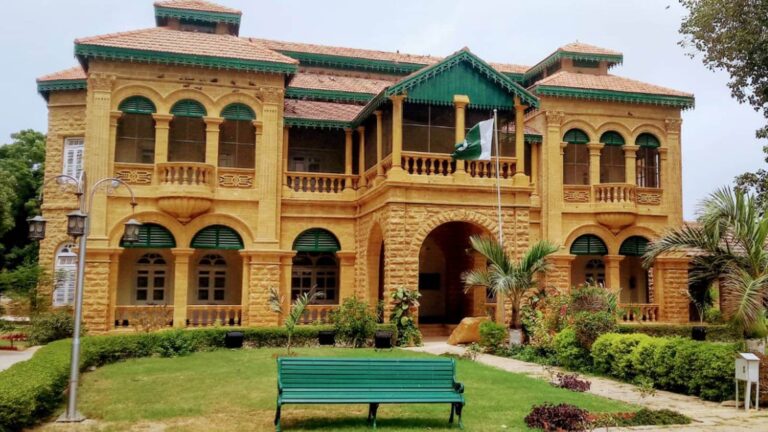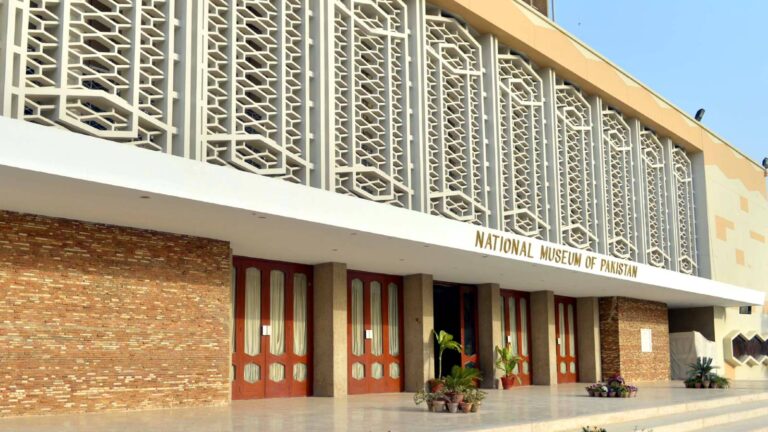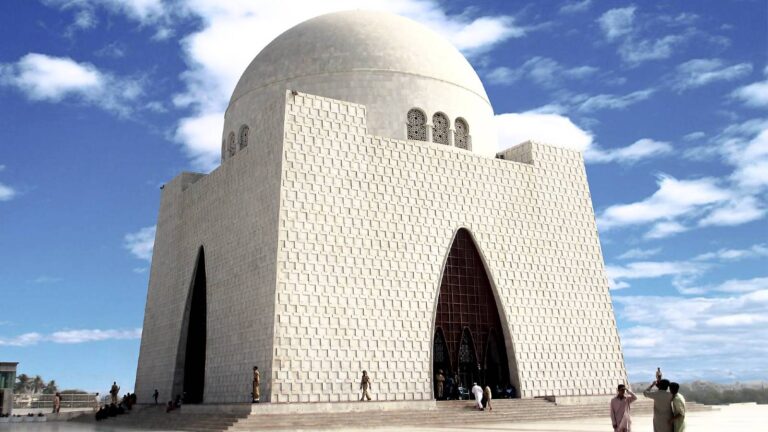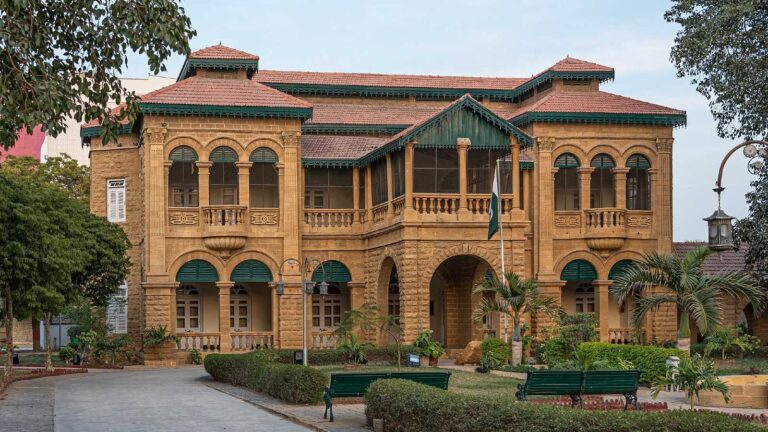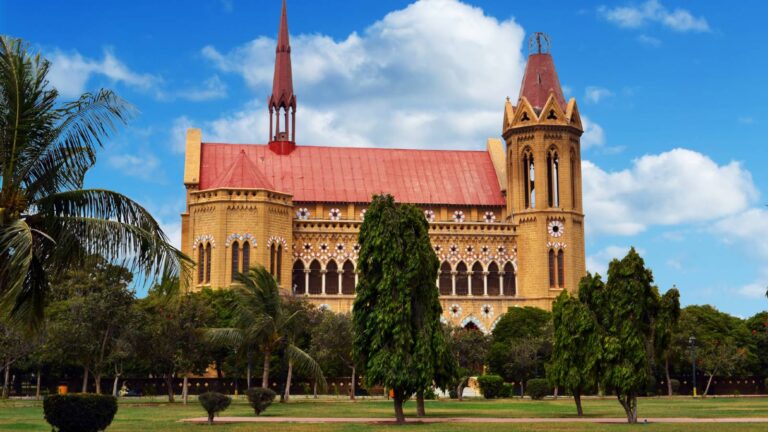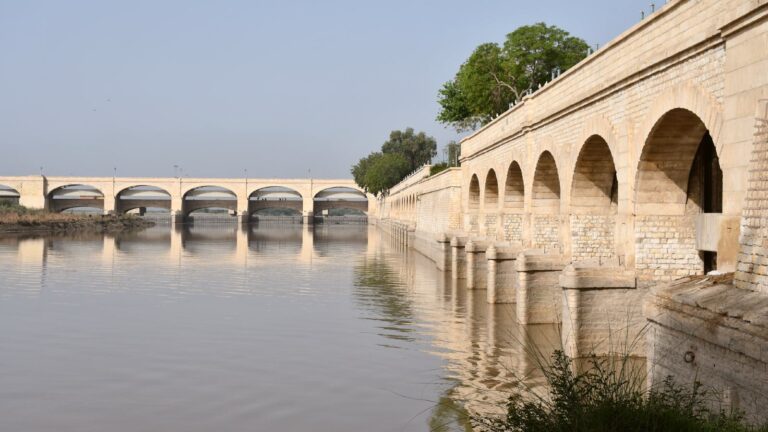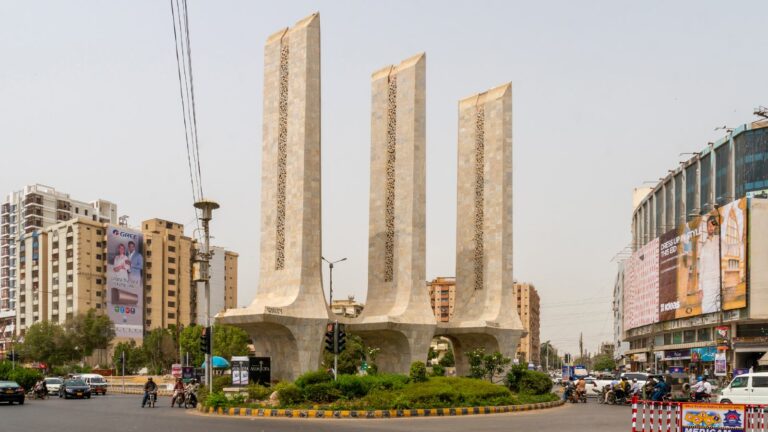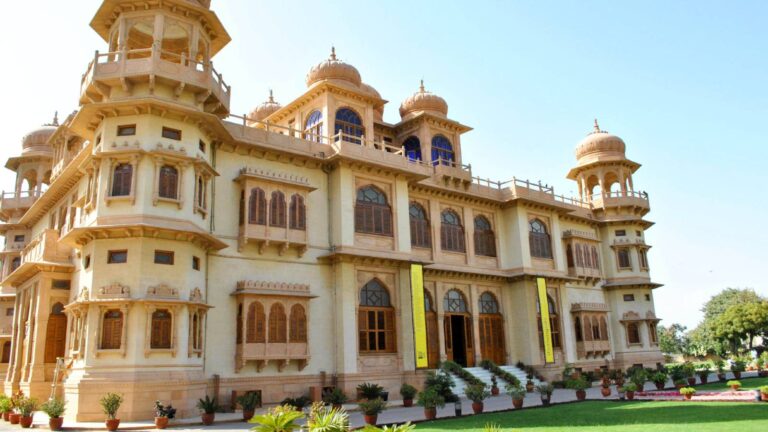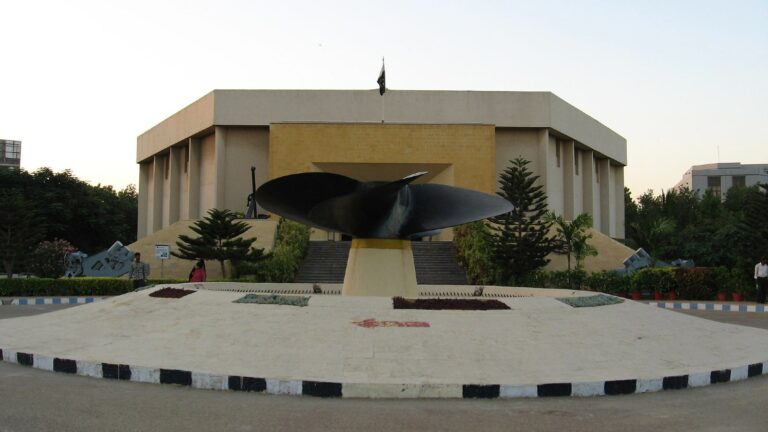Getting There
It is located in Tharparkar District, MirpurKhas Division, Sindh, 385km away from Karachi via Badin – Sujawal Road.
What to Expect
The Thar district derives its name from Thar and Parker. The name Tharis from Thul, the general term for the regions sand ridges and the word Parkar literary means “to cross over”. Earlier it was known as the thar and parkar district but afterwards it became one word Tharparkar.
The name Tharparkar originates from a portmanteau of the words Thar (referring to the The Desert), The Thar region was historically fertile, although it was mostly desertified between 2000 and 1500 BC. Before its desertification, a tributary of the Indus River was said to flow through the region.
It is speculated by some historians that this river could be the ancient Sarasvati River mentioned in the Hindu Rigveda. The Thar region is also mentioned in the Ramayan where it is called “Lavanasagara” ( Salt Ocean).
During summer, it is extremely hot in day time but nights are much cooler. April, May and June are the hottest months and December, January and February are the coldest months. The mean maximum and minimum temperatures during winter are 28 C and 9 C, respectively. There are wide fluctuations in annual rainfall and the yearly average in some areas is as low as 100 mm. Most precipitation occurs between July and September, during the south-west monsoon.
History
Tharparkar is considered the most peaceful place in the entire country and known for its centuries old interfaith harmony. The culture of Tharparkar is considered as perfect example of pluralism and the tolerant sufi culture of Sindh. Hindus fast and arrange Iftar dinners for the Muslim friends in the fasting month of Ramadan and in turn, although there is no prohibition by law but no cow is slaughtered in Tharparkar by Muslims towards respect for religious feelings of Hindus.
Similarly, during the Navratri, the Muslims avoid non-vegetarian food and their Hindu friends in turn, during the period of Muharram, avoid any kind of celebration.
Facilities Available
Government of Sindh Department Sindh Tourism Development Corporation has furnished a facility of Guest Houses for Visitors.

